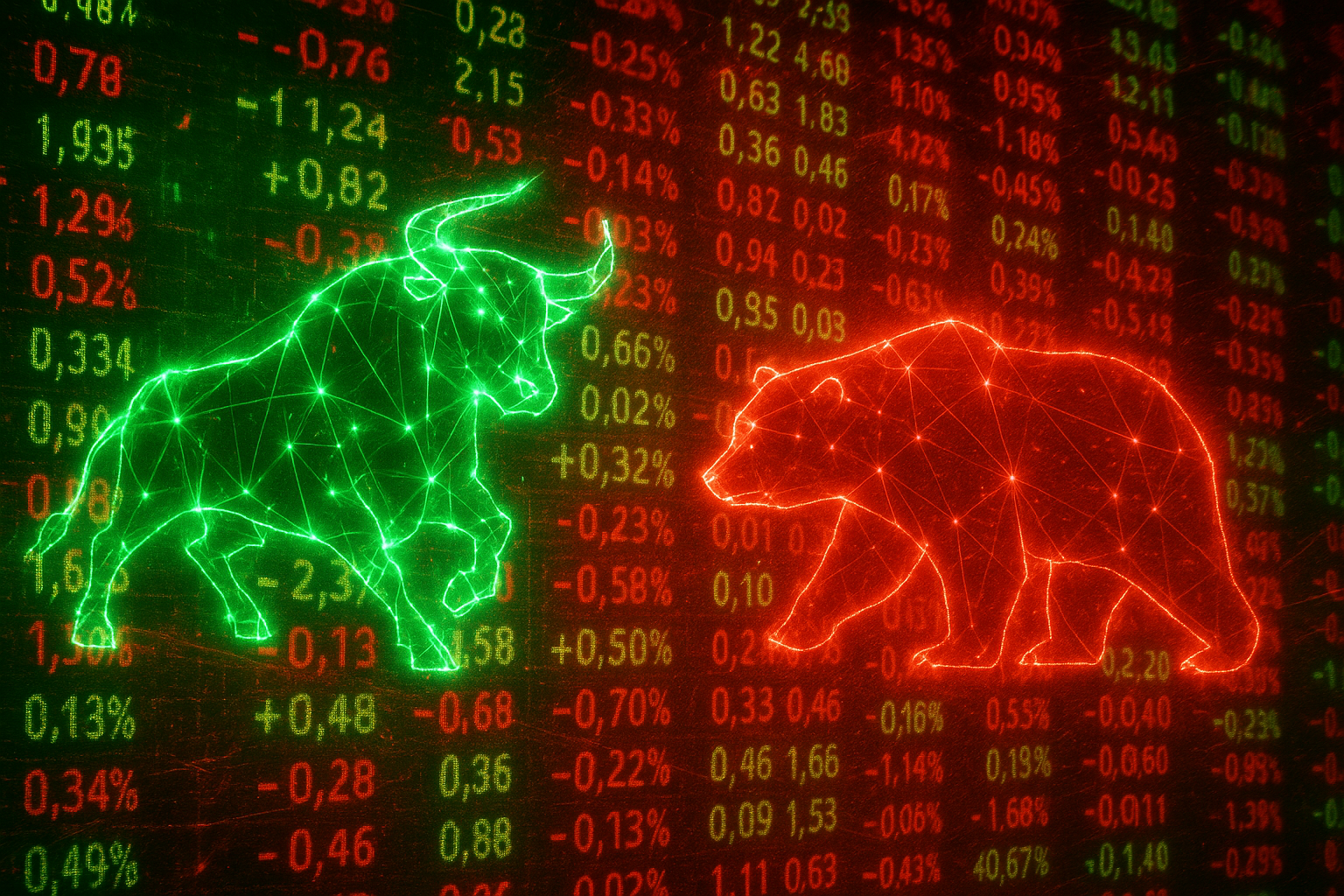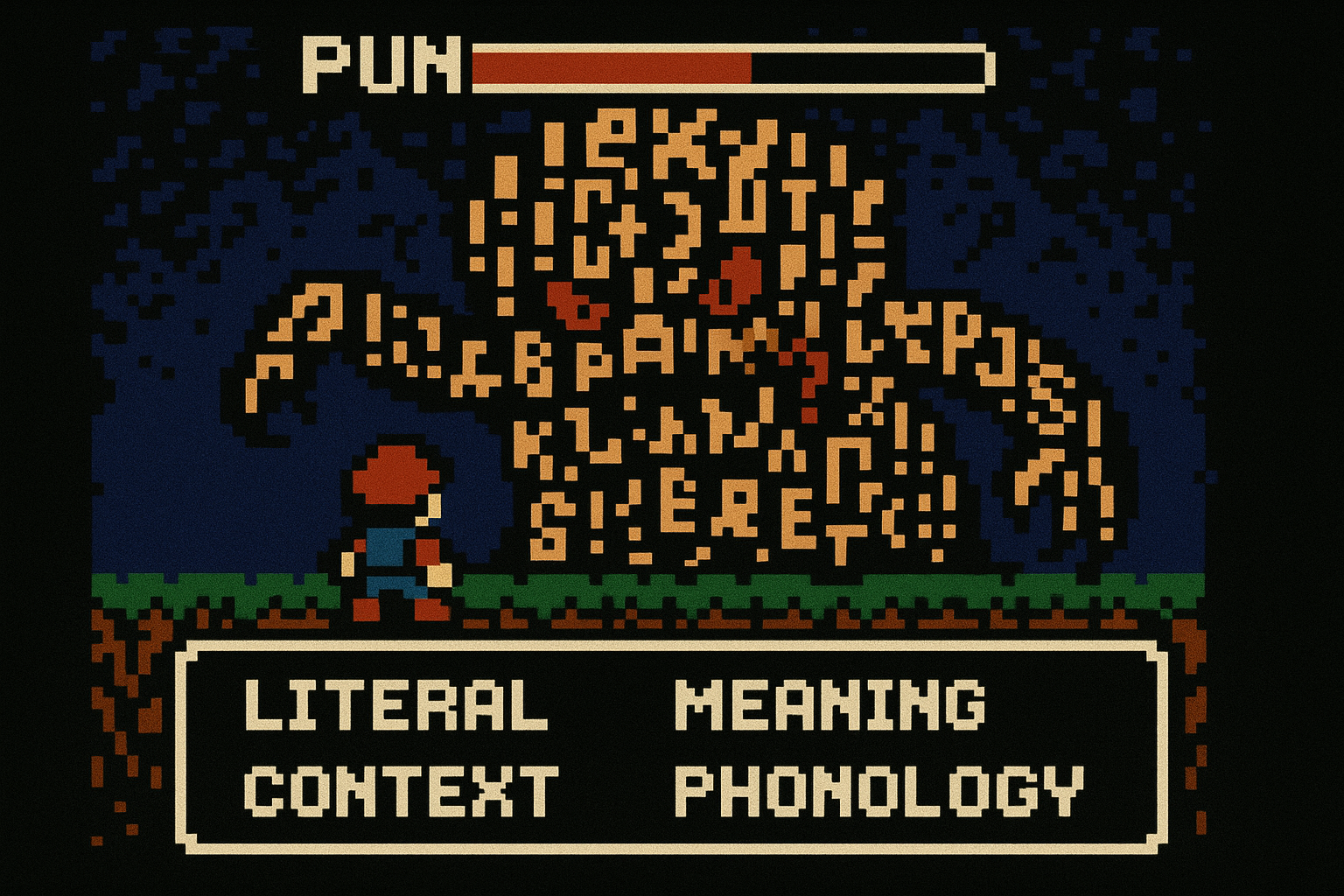The Primal Menagerie: Bulls and Bears
At the heart of market discourse are its two most famous animals: the bull and the bear. A “bull market” is one where prices are rising, characterized by optimism, investor confidence, and expectations of strong results. Conversely, a “bear market” is one where prices are falling and pessimism reigns.
But why these specific animals? The etymology is debated, but the most compelling and widely accepted theory lies in the animals’ methods of attack. A bull thrusts its horns up into the air, a powerful, aggressive, upward motion mirroring a rising market. A bear, on the other hand, swipes its paws downwards to crush its opponent, a fitting metaphor for a market in decline.
The linguistic power here is visceral. These are not sterile, academic terms. They evoke primal images of strength and aggression versus retreat and danger. When a commentator calls the market “bullish,” they aren’t just communicating a direction; they’re tapping into a deep-seated cultural understanding of forward momentum and vitality. This language doesn’t merely report on sentiment; it helps create it. Hearing the word “bear” can trigger feelings of caution and a desire to retreat, potentially fueling the very downturn it describes.
A Lexicon of Vivid (and Sometimes Grim) Imagery
Beyond the primary duo, financespeak is filled with expressions that are as vivid as they are informative. Each term is a compact story, a cognitive shortcut that packs a complex idea into a memorable phrase.
The Dead Cat Bounce
Perhaps one of the most graphic terms in finance is the “dead cat bounce.” This refers to a brief, temporary recovery in the price of a declining asset. The origin is a grim piece of gallows humor: “Even a dead cat will bounce if dropped from a great height.”
Linguistically, this phrase is brutally effective. It serves as a stark warning against false optimism. The shocking, almost grotesque imagery ensures the lesson sticks: that small uptick you see isn’t a sign of life, but a mere reflex in a larger, terminal decline. It’s a powerful tool for experienced traders to communicate caution to novices who might mistake a blip for a reversal.
The Black Swan Event
Coined and popularized by author and former options trader Nassim Nicholas Taleb, a “black swan” is an event that is an outlier, beyond the realm of regular expectations. It has three key characteristics:
- It is a surprise (to the observer).
- It has a major, often catastrophic, effect.
- After the fact, it is rationalized with the benefit of hindsight, as if it could have been expected.
The metaphor’s origin is a perfect lesson in epistemology. For centuries, people in the Western world were certain that all swans were white; it was an incontrovertible fact. The discovery of black swans in Australia in 1697 shattered that long-held belief overnight. A black swan event, therefore, is something that fundamentally breaks our model of how the world works. The 2008 financial crisis, the rapid rise of the internet, and the global COVID-19 pandemic are all cited as classic examples. The term has become an essential piece of vocabulary for discussing risk and the inherent unpredictability of complex systems.
Financespeak: An Exclusive Tribal Code
Like the specialized jargons of law or medicine, the language of Wall Street also functions as a tribal marker. It separates the “in-group”—the professionals, the traders, the seasoned investors—from the “out-group”—the general public. To speak the language is to belong.
Terms like “blue-chip stocks” (large, reputable companies), “bottom fishing” (investing in assets that have hit their supposed low), or “irrational exuberance” (a term famously used by Alan Greenspan to describe unjustified market optimism) act as efficient shortcuts. They allow insiders to communicate complex ideas with speed and precision. A trader can convey a whole thesis about risk, quality, and market sentiment in just a few words.
However, this exclusivity has a downside. It can make the world of finance seem opaque and intimidating to outsiders, discouraging participation and understanding. When financial news is delivered in a dialect most people don’t speak, it can obscure risk and create a knowledge barrier that prevents individuals from making fully informed decisions about their own money.
The Market as a Story
Ultimately, the language of Wall Street reveals a fundamental truth: markets are not just driven by data and algorithms, but by human psychology and narrative. The economy is a story we tell ourselves, and this jargon provides the key characters and plot devices.
Is the market a charging bull, leading us to prosperity? Or is it a retreating bear, forcing us into hibernation? Was that sudden crash an unpredictable black swan, or something we should have seen coming? These metaphors are the frames through which we interpret chaotic financial data. They transform spreadsheets and charts into a drama of fear, greed, hope, and despair.
So, the next time you hear a financial analyst talk about bulls, bears, or bounces, listen closely. You’re not just hearing a market report. You’re hearing the cadence of a unique and powerful language, one whose words don’t just reflect reality—they actively create it.










